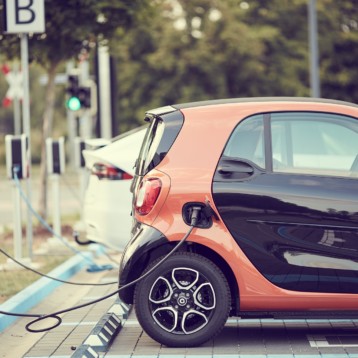
Water flow sensors are gaining popularity as the world focuses more on managing and conserving water resources. These sensors offer insights that aid in monitoring and controlling water usage across settings. In this article, we will delve into the technology behind water flow sensors, explain how they operate, and highlight their importance in society.
Comprehending Water Flow Sensors
A water flow sensor is a tool designed to gauge the speed of water movement within a system. Whether it’s a household water supply network or an industrial setup, tracking water flow is essential. From billing and leak identification to optimizing irrigation systems and managing cooling procedures, the technology behind flow sensors plays a role.
Operating Principles of Water Flow Sensors
Various technologies are employed to measure water flow rates effectively. Turbine-based, paddle wheel and Doppler effect sensors are some common methods used. Each has its distinct operational concept:
Magnetic Based Flow Sensors
Magnetic-based flow sensors apply the Faraday law of induction to assess the fluid velocity passing through them. These devices typically consist of a tube with electrodes positioned on both sides. When a conductive liquid passes through the sensor, it creates changes in voltage that are directly linked to the speed of the liquid.
Ultrasonic Flow Sensors
Ultrasonic sensors use waves to determine how fast a fluid is moving by measuring the time it takes for pulses to travel both upstream and downstream in a pipe or channel. By comparing these travel times and considering factors like temperature and viscosity, these sensors can accurately calculate flow rates.
Turbine Based Flow Sensors
Turbine-based flow sensors have blades on a rotor at their core. When fluid flows through these sensors, it causes the turbine blades to rotate, generating signals that represent the amount of liquid passing through. These signals can then be converted into volume measurements for analysis.
Paddle Wheel Flow Sensors
Paddle wheel flow sensors, as their name implies, include a rotating wheel in the path of the flow. As it moves through the sensor, it spins the paddle, creating pulses that correspond to volumes of liquid passing by. These pulses are later converted into flow rates.
Doppler Effect Water Flow Sensors
Doppler effect water flow sensors operate by detecting shifts in reflected waves caused by turbulence or particles within fluids.
By analyzing these shifts in frequency, these sensors determine the speed of fluids. Estimate flow rates with precision.
The Significance of Water Flow Sensors
Accurate measurement of water flow holds importance in scenarios for a number of reasons:
1. Detecting Leaks
Water leaks not only waste resources but also lead to property damage and increased expenses. Water flow sensors play a role in detecting leaks, enabling timely repairs, and preventing potential risks.
2. Promoting Water Conservation
Water management necessitates monitoring of consumption patterns. Flow sensors provide data that allows municipalities, businesses, and individuals to monitor their usage accurately, thereby encouraging conservation efforts and sustainable practices.
3. Enhancing Process Efficiency
In industries such as manufacturing or cooling systems, the provision of insufficient water can significantly impact efficiency. Real-time information on water flow rates provided by flow sensors enables operators to make adjustments for optimal system performance.
4. Ensuring Accurate Billing
For utility companies or shared infrastructure setups like apartment buildings, ensuring billing accuracy is crucial to distributing costs among consumers who share resources.
5. Contributing to Environmental Monitoring
Water flow sensors are also tools in environmental monitoring applications, aiding in tracking rivers, streams, and other water bodies for research purposes.
By examining the rate of water flow and observing patterns, scientists can understand more about the well-being and behaviour of water environments.
In contexts, water is crucial for growing crops. It is important to make sure that irrigation systems are optimized to use water while providing hydration for plants. Water flow sensors help monitor irrigation rates and identify areas that might need adjustments to prevent over- or under-watering, leading to crop yields and less water wastage.
To Sum Up
Water flow sensors operate using technologies and play a significant role in present-day strategies for managing water in residential, commercial, agricultural and industrial settings. Precisely measuring water usage helps identify leaks, conserve resources by optimizing how water is used, support sustainability initiatives, and ensure billing practices.
By incorporating technology into applications in our modern world, water flow sensors continue to demonstrate their importance in achieving efficient and responsible management of water resources.










